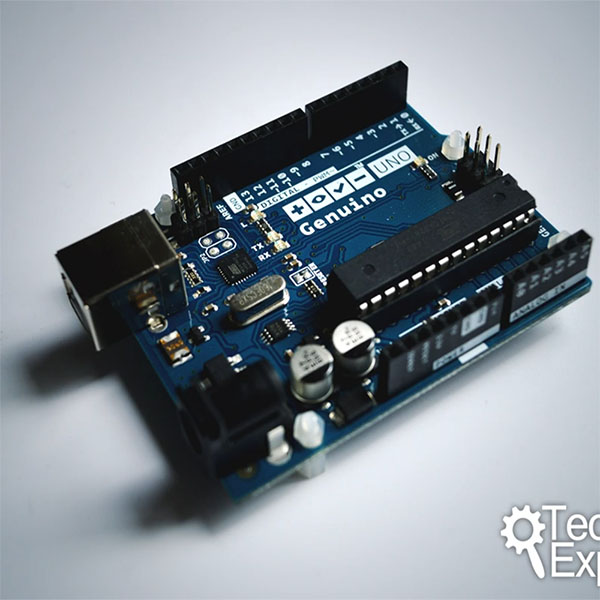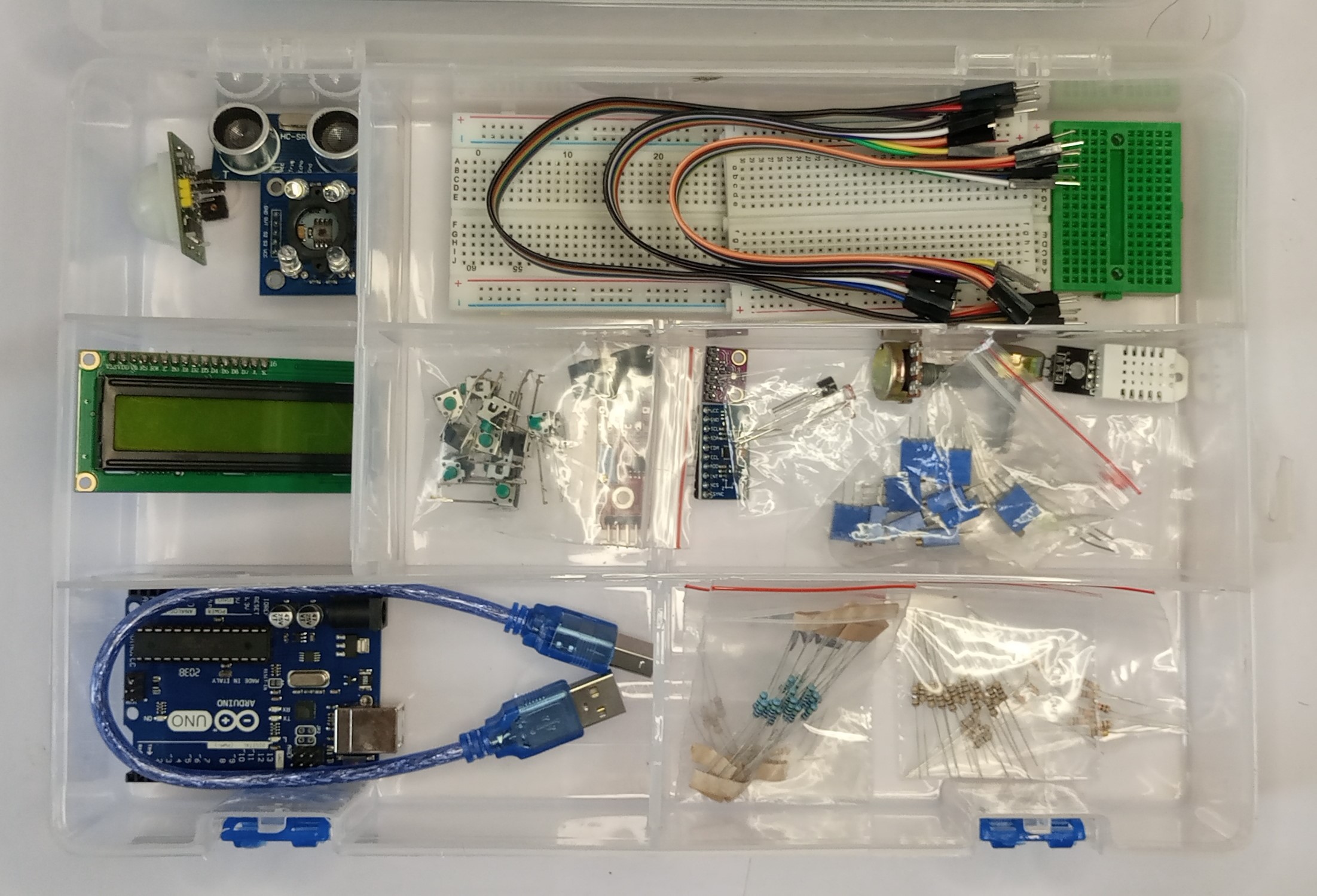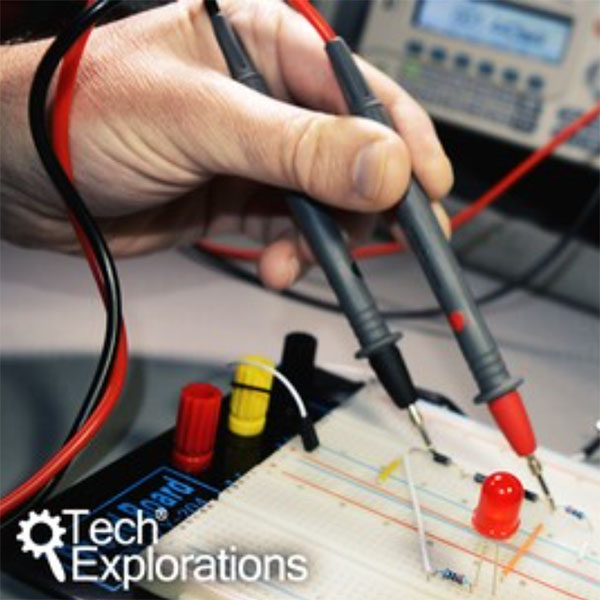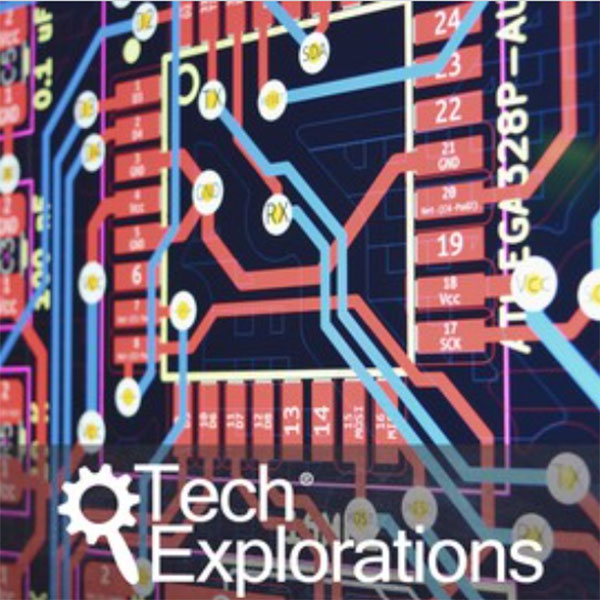What are Embedded Systems
Let’s first understand what embedded systems is all about. Have you ever opened an electronic device up at your home? A hair dryer? A rechargable light or Speaker or Laptop or anything? You would have seen a green colored printed circuit board with a lot of components attached to it which is the main brain of the particular device. In the most layman terms possible, That is an embedded system.
In this field, you’ll study the process by which you design and manufacture different devices and how you make sure that the operate in a way they need to operate with the minimum cost possible. You learn how to interface different sensors and actuators with the processor. You also learn different types of processors & controllers, and based on what criteria do you choose a particular controller for specific application. You design the circuit board and you interface all the peripherals with it to make the complete machine work smoothly.
That was a broad overview of what embedded systems are. Now how can you learn the basics of embedded systems in your first year? Below is the step-by-step guide to do that.
After learning the basics of embedded systems, you’ll be in a position to easily make the decision on whether you want to opt for this field or not. And even if you don’t opt for this field, the basic you would have learnt won’t be wasted. They overlap with almost all other fields in Electrical Engineering. So, it is a win-win situation.
Getting Started with Embedded Systems
Following are the steps you need to take in order to get a beginner level understanding of embedded systems and to start your journey from Beginner to Professional Level. There are many ways you can get started with embedded systems. Either you can get started with embedded hardware or the software part. If you’re from the Software Engineering background, you might be interested in embedded software. For Electrical Engineering, you might prefer embedded hardware. For either of them, the ideal starting point would be to learn the Arduino platform first.
-
- Arduino Basics
Arduino is a microcontroller company which is very famous due to its beginner friendly microcontrollers Arduino UNO, NANO and MEGA. If you don’t know anything about it, don’t worry. We’re starting from very basics.
A Microcontroller is like a mini-computer that can control the hardware connected to it based on the code we write in it. It is smaller and cheaper than the normal computer. Its RAM is in kilobytes whereas PC RAMs are in Gigabytes. These are the basic building blocks of embedded systems.
Arduino isn’t used in industrial embedded systems but it is solely designed for the purpose of making the learning curve gentle. It is very easy to understand. After learning the Arduino, you get the basic concept of working with the microcontrollers and then you can start with industrial level microcontrollers and systems.
In your first year, you should definitely learn Arduino. It is a big part of EE semester projects. Almost all students use it and most of them have very least idea of what an Arduino actually is. The main reason is the fact that students just go to youtube and search for a 5 minutes tutorial for making their project. They can make an Arduino project in this way but they won’t learn anything about Arduino as a whole. I have spent more than 2 years working with Arduino platform and it is one of the areas of my expertise. Courses and Resources that i would recommend to you are guaranteed to give you a deep understanding of the Arduino platform in specific and the complete microcontrollers family in general.
Firstly, there is the “Arduino Step by Step Getting Started” course by Dr. Peter Dalmaris. It is the best course available online for Arduino platform. It covers almost all the basics that a beginner needs in Arduino. The key is to follow along with the instructor in all hardware experiments and projects. I have compiled all the basic tools and parts you need for this course in one kit which is available on my website

[Udemy] Arduino Step by Step: Getting Started [Dr. Peter Dalmaris]
By the end of the course, you will have a good understanding of the capabilities of the Arduino Uno, the best Arduino for people getting started, and you will be familiar with the capabilities of several of its cousins. You will be comfortable with the basic prototyping tools and their usage, the basics of the Arduino programming environment, language and programming.

Beginner Arduino Kit [for course: Arduino Step by Step: Getting Started]
Embark on an Arduino adventure with our all-inclusive Beginners Learning Kit! Perfectly paired with the renowned Udemy course "Arduino Step by Step Getting Started" by Peter Dalmaris, this kit provides everything you need to master Arduino programming and electronics. From an Arduino UNO board and a plethora of sensors and components to jumper wires and breadboards, our kit empowers you to learn, create, and bring your ideas to life. Unleash your creativity and dive into the world of Arduino today!
-
- Basic Electronics
While working with basic embedded systems, you need to learn the fundamentals of electronics that are applied in that systems. i.e., how the capacitances, resistances, inductance, potentiometers, etc., are used in the circuits on the PCB. Following the the bestseller course for Basic Electronics on Udemy. I highly recommend you to take this course. You will understand all the basic concepts of Electronics that you need in embedded systems.

[Udemy] Basic electronics for Arduino Makers [Dr. Peter Dalmaris]
Are you an Arduino maker, able to make things by following how-to guides and are confident with writing or modifying sketches, yet you are not so confident about things like calculating transistor currents, voltage drops and using capacitors as filters? You are not alone. I have been teaching Arduino and Raspberry Pi topics for years. During this time I have realized that while these platforms are great for helping you to start tinkering with electronics, you will not be able to truly enjoy their power until you have understood basic electronics.
-
- ESP32 & IoT Applications
ESP32 is one of the most used microcontrollers in the industry and IoT is the fastest growing field in electrical engineering. If you’re interested in embedded sytems, having a basic idea of IoT, ESP32, connection protocols and cloud servers is a must-have skill for you. I recommend the following course to get started with ESP32. You need to complete the Arduino basic course above before proceeding to this course.

[Udemy] ESP32 For Arduino Makers [Dr. Peter Dalmaris]
The ESP32 is a powerful microcontroller. It integrates Wifi and Bluetooth, many GPIOs, analog input and output capabilities, many device interconnection protocols, a fast dual-core processor. All that, at a low price. And best of all: you can use your existing Arduino knowledge and skill to turbo-charge your projects. Especially if you have already learned how to use the Arduino Uno in your projects, it is likely that you have hit a hardware limitation.
-
- PCB Designing with KiCAD
PCB (Printed Circuit Board) techonology is the basis of all the modern technology manufacturing. These are small circuit boards which contain all the electrical wiring printed inside them so you don’t have to take the headache of manually wiring hundreds of components. It is one of the most demanded skills in embedded systems. If you are an electrical engineer, you would have to learn PCB designing on some point on your degree. So, the sooner you learn it, the better. There are multiple softwares for PCB Designing. I would recommend that you learn KiCAD. This is the most popular Open-Source platform for PCB designing and has a very gentle learning curve. I recommend the following course to learn KiCAD

[Udemy] PCB design with KiCad - updated for KiCad 7 [Dr. Peter Dalmaris]
This course will teach you KiCad so that you can use it in your commercial or hobby projects. It takes a practical approach to learning that combines "how-to" content with complete start-to-finish PCB projects. If you are new to PCB design, this course will help you start from the ground level. If you are an experienced PCB designer, this course will help you transition to KiCad from another tool or an earlier version of KiCad.
